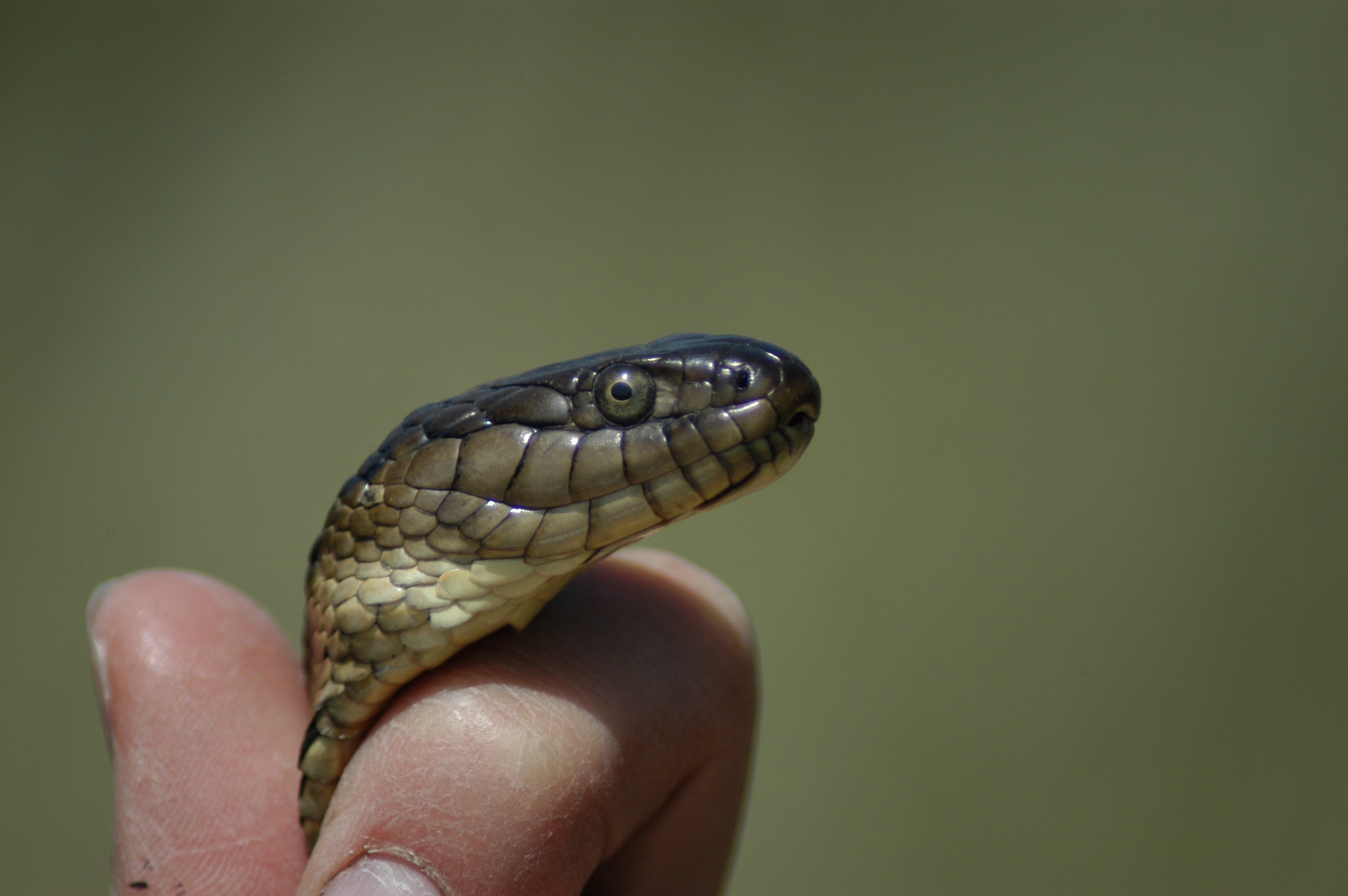Giant garter snake (Thamnophis gigas) is endemic to the wetlands of the Sacramento and San Joaquin Valleys of California, inhabiting the tule marshes and seasonal wetlands created by overbank flooding of the rivers and streams of the Central Valley (Fitch 1940; Central Valley Joint Venture 2006). Currently, less than 5 percent of the historical 1.8 million hectares (4.5 million acres) of wetlands, or approximately 90,000 hectares (222,394 acres) remain (Central Valley Joint Venture 2006). The giant garter snake now inhabits the remaining high-quality fragmented wetlands that include marshes, ponds, small lakes, low-gradient streams with silt substrates, and managed waterways. The loss of wetland ecosystems and suitable habitat has also resulted in the giant garter snake using highly modified and degraded habitats. Located among cultivated farm lands, these areas include irrigation ditches, drainage canals, rice fields, and their adjacent uplands. Since giant garter snake surveys were first conducted in the 1970s, results have demonstrated that active rice fields and the supporting water conveyance infrastructure consisting of a matrix of canals, levees, and ditches have served as alternative habitat that is commonly used by the giant garter snakes in the absence of suitable natural marsh habitat (G. Hansen 1988; G. Hansen and Brode 1980, 1993; Brode and G. Hansen 1992; Wylie 1998a; Wylie et al. 1997a; Wylie and Cassaza 2000; Halstead et al. 2010). The giant garter snake is primarily an aquatic species, but it also occupies upland terrestrial habitat, particularly during the winter inactive season. Although usually found in or adjacent to aquatic habitats, giant garter snakes have been observed in associated uplands up to hundreds of meters (hundreds of yards) distant from any water body (Wylie et al. 1997a; P. Coates, U.S. Geological Survey [USGS], pers. comm. 2011). Reference
Federal Status
THREATENED
California Status
THREATENED
Survey Protocol
Home Range
Map Data Source: California Wildlife Habitat Relationship (CWHR)
Photo credits: header (cropped) and featured image – Margaret Manter (CDFW on Flickr)
